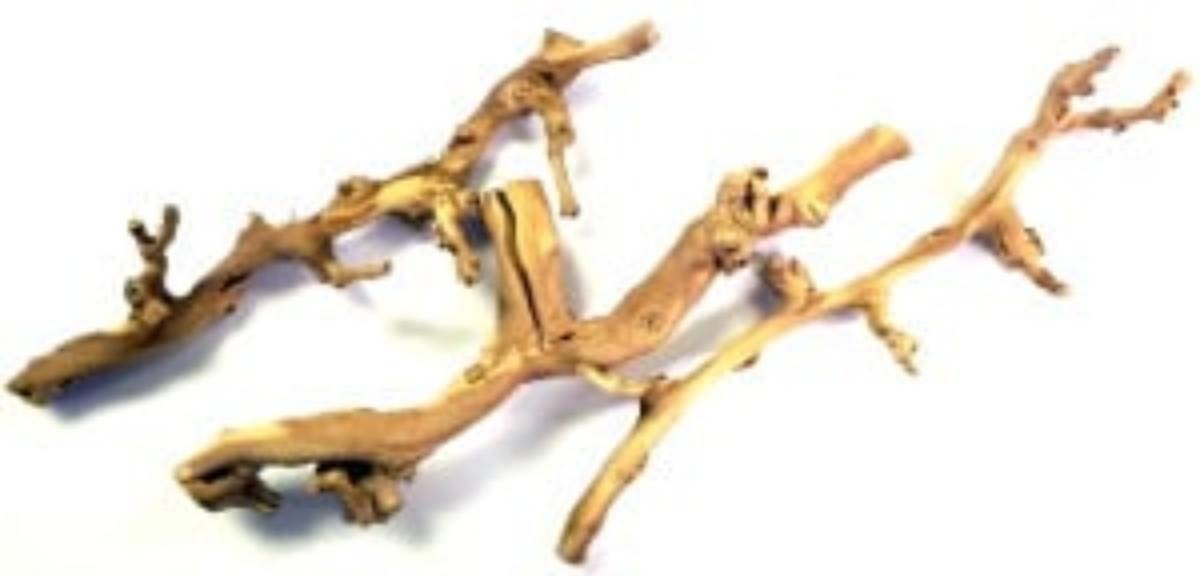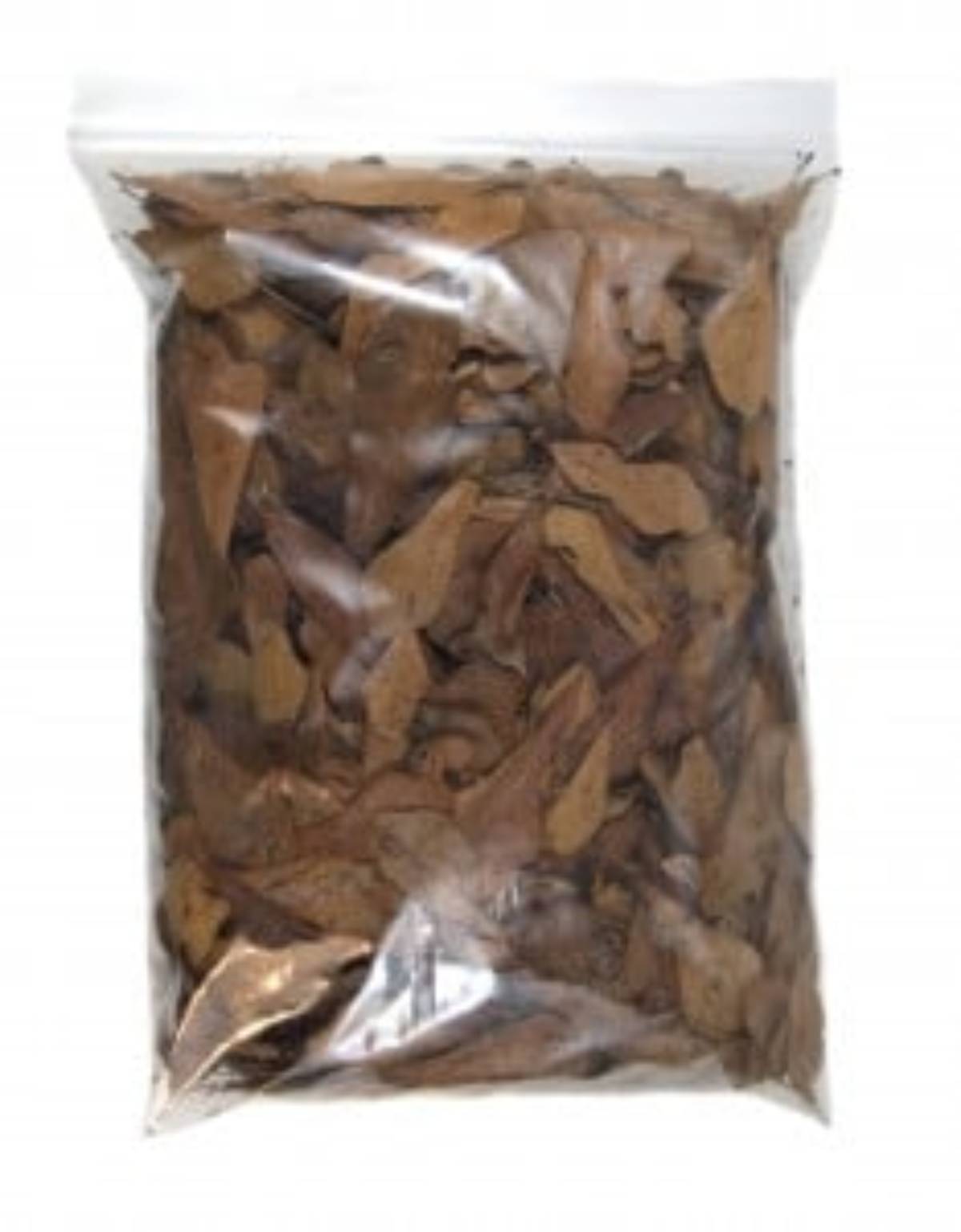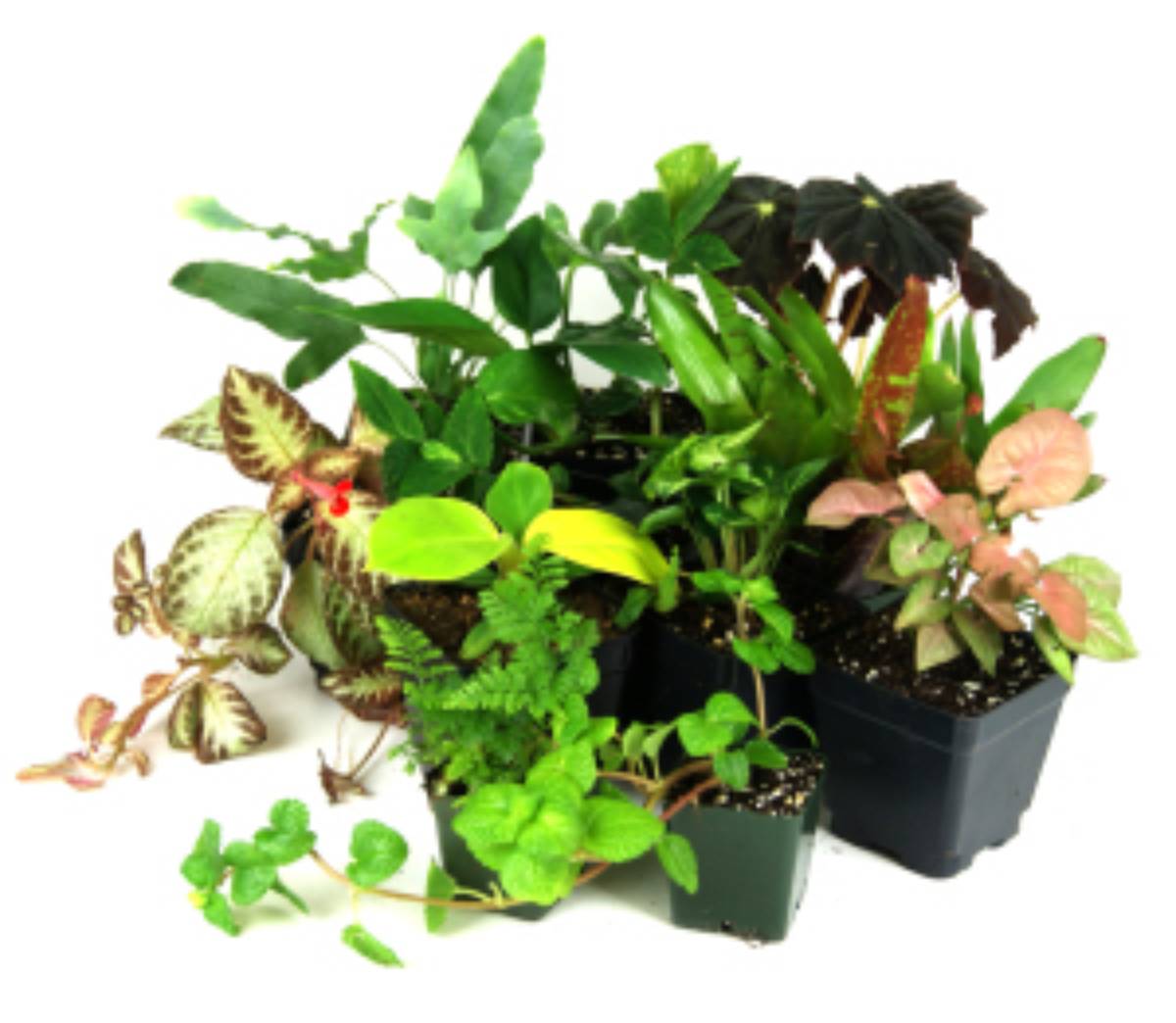Josh's Frogs
How to Sanitize Vivarium Decor
Part of a naturalistic vivarium is mimicking the natural world as closely as you can. Many times, this involves using small pieces of nature in your creation - leaf litter, a piece of wood, moss, or rocks. Unfortunately, these objects can sometimes be dangerous in a vivarium. In this article, we'll talk about how to sanitize moss and live plants, rocks, wood, and leaf litter. Keep in mind that there is no way to 100% sanitize these objects, and there is always the potential for risk. That being said, when done properly, rocks, wood, leaf litter, and moss and live plants can be a great addition to your naturalistic vivarium, and really be an asset to keeping your animals happy and healthy. There are 3 basic ways to sterilize vivarium decor - heat, desiccation, and chemical sterilization. In addition to these methods, make sure all objects were collected from a pesticide and fertilizer free area.
Heat Sterilization
This a popular method for sterilizing leaf litter and wood. The idea is to heat the entire object thoroughly past a temperature that harmful organisms can survive. Chytrid, for example, cannot survive temperatures above 140F for more than 5 minutes. Oftentimes, an oven is a great way to heat up leaf litter or smaller pieces of wood. Before cooking, make sure to scrub the object thoroughly with a brush and warm water. NEVER bake or boil rocks - they can explode! Make sure all objects were collected from a pesticide and fertilizer free area. You may need to heat the object for several hours to ensure it's reached at least 140F all the way through.
Desiccation
This is a great option for mosses, leaf litter, and the like. Many potentially harmful organisms cannot survive being completely dried out for long. This technique is especially great if you live in a low humidity climate. Simply store the wood, leaves, or moss in a place where it will receive adequate air flow and not be exposed to the elements until it is completely dried out and 'crispy'. This may take a LONG time. Make sure any wood has been thoroughly scrubbed to remove debris, and leaf litter or moss has been rinsed. This method may kill many species of moss, while others may enter a dormant state and reanimate once they are watered again. Some mosses may die, but you can spore and seed your vivarium with a new generation of bryophytes.
Chemical Sterilization
A great way to kill off nasties, chemical sterilization has long been utilized by the herp hobby. Probably the most commonly utilized chemical sterilization is a soak in sodium hypochlorite (bleach). Bleach has shown to be effective at killing many different bacteria and fungus, including chytrid. A 1% solution of bleach can kill chytrid after 1 minute of contact, but for most uses a 5% bleach solution is recommended. Bleach can also be useful for rinsing live plants - remove all the soil, soak the plants in a 5% solution for 5 minutes, then rinse well. Some sensitive plants may not fair well, and will need a more gentle disinfectant, such as Physan. Make sure to thoroughly rinse any objects with water before using them with animals. Allowing non-living decor to air dry after a rinse is a good idea.
For disinfecting glass cages, check out Josh's Frogs ReptiSan. It's a very safe way to rid enclosures of potentially harmful bacteria and fungi, and is safe for use around animals when used as recommended.
Links of Interest:
Main preventative management strategies for the Chytrid fungus Batrachochytrium dendrobatidis



